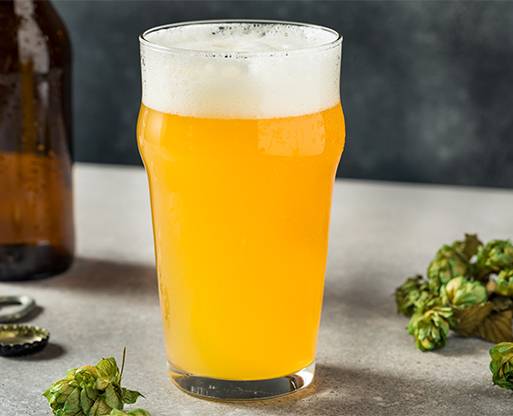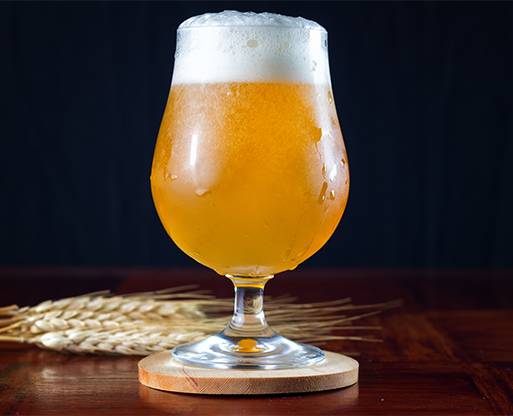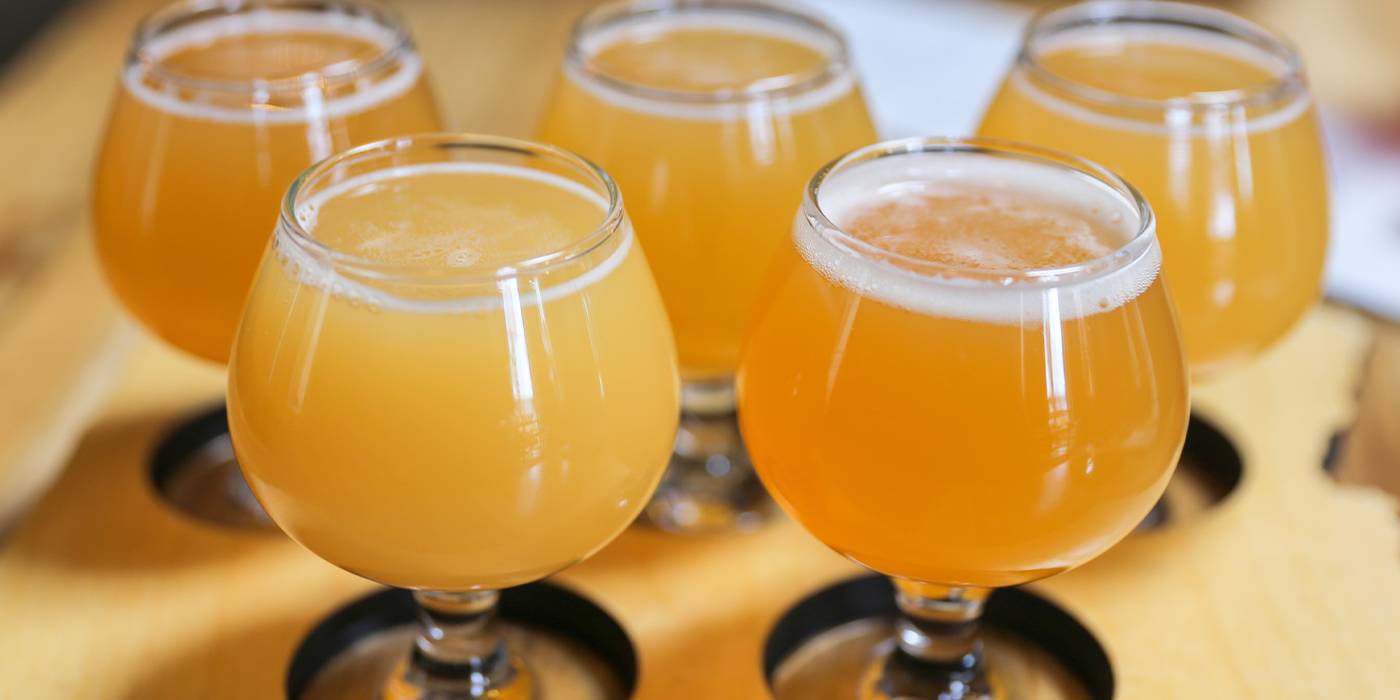Hazy IPA: Characteristics of this beer
We tell you what Hazy IPA beer is and the main characteristics of this type of beverage, as well as how it differs from Neipa.

Julio Cerezo - Beer Sommelier
Director of Sabeer Beer Academy
Since they arrived on the Spanish beer scene a few years ago, IPAs have continued to grow in popularity. As many of you already know, it stands for India Pale Ale, a style that originated in Imperial England as a solution to export their typical pale ales of high fermentation and moderate alcohol content to India. The extra hops in these beers, with the plant’s preservative qualities, allowed the IPAs to reach the Asian continent in perfect condition for consumption.
Although the style had almost disappeared for several decades, the movement started by American homebrewers in the last quarter of the 20th century and amplified by craft brewers around the world revived it with new vigour. The use of exotic or New World hops, with their exuberant aromas of tropical fruit, citrus, and floral notes, instead of the traditional British hops used in the early IPAs, has won over many curious palates, for whom the world of beer doesn't end with the appealing golden lager that dominates our bars and shelves.


As happens with any successful beer style, and in an ecosystem of innovative and experimental small producers, the IPA soon began to branch out into other substyles. Over the years, among others, we have seen the emergence of Red IPA, Black IPA, Rye IPA, Brut IPA, Cold IPA… and today’s focus, which originated as New England IPA but is also known as Juicy IPA or Hazy IPA.
This last substyle has likely achieved the most prominence worldwide, even becoming officially recognized under the Hazy IPA name, which refers to its appearance rather than its place of origin.
The Hazy IPA presents itself as an eminently cloudy beer, sometimes looking more like a fruit smoothie than a beer. This cloudiness is due to the way hops are added during brewing. Traditionally, hops are added to the wort just before the boiling process to allow the bitter compounds to integrate. However, in Hazy IPAs, hops are added mainly at the end or after the boil, with the wort already cold, thus keeping the beer's bitterness at moderate levels and preserving the distinctive aroma of the hop varieties used. The use of certain yeast strains and cereals like oats or wheat alongside barley malt also contributes to the haze of the Hazy IPA.
Perhaps this is where the success of this style lies – offering the potent aroma of an IPA – mango, passion fruit, peach, citrus, flowers, etc. – without the intense bitterness that deters many palates from enjoying it.
Some of the most historic Hazy IPAs are the American The Alchemist Heady Topper or Sierra Nevada IPA Hazy Little Thing, but Spanish craft brewers have also worked on the style with examples such as Garage’s Soup or Basqueland’s Interstellar.

What do you think about?
Share comments, opinions and tricks with the Community







